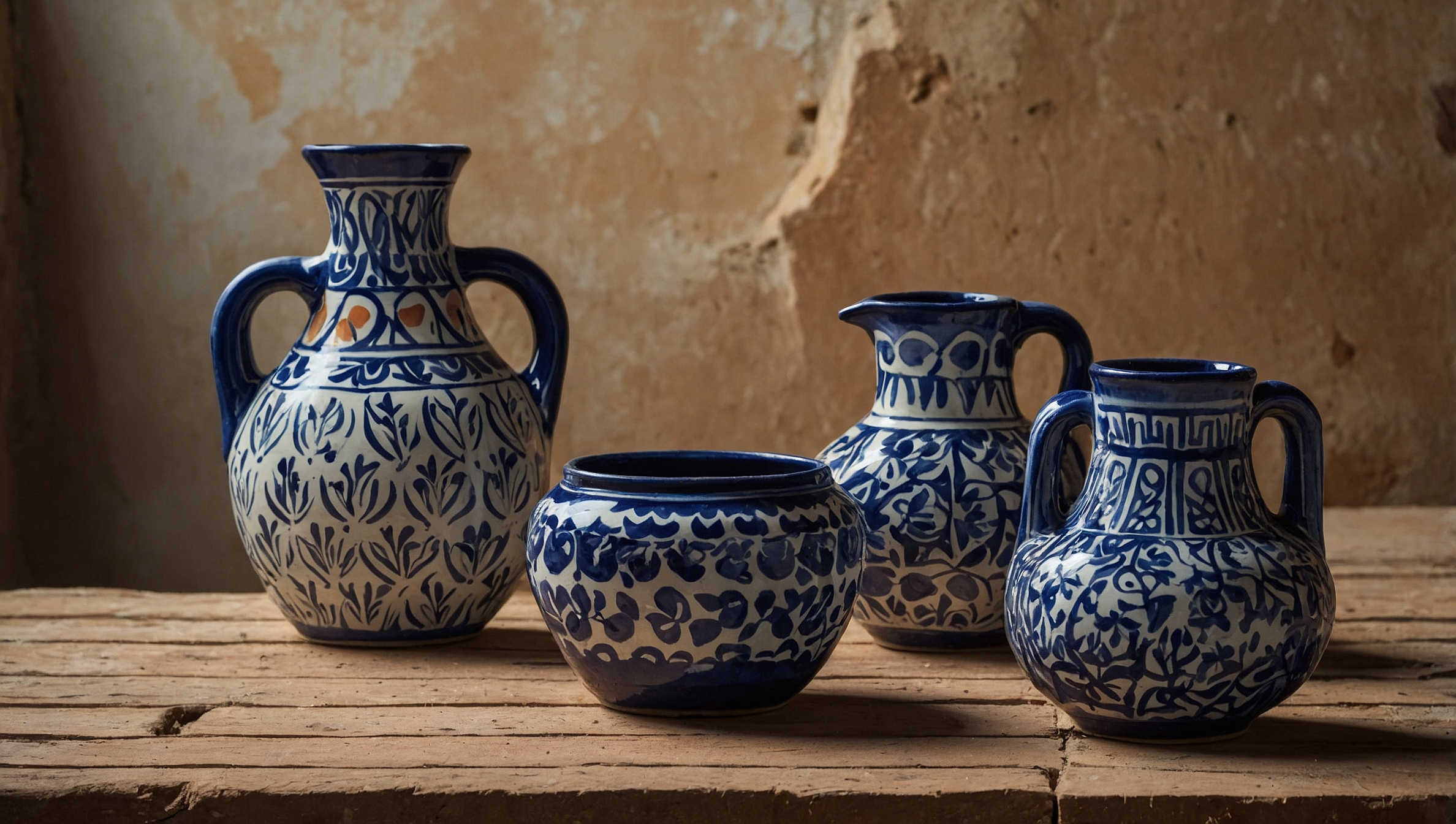Artistic craftsmanship in North Sardinia
Northern Sardinia is rich in artisanal traditions, with a long history of craftsmanship that reflects the island’s culture, history, and natural resources. The region is known for its high-quality products, which include textiles, ceramics, woodwork, and jewellery. These artisanal goods are not just souvenirs but represent the living heritage of Sardinian craftsmanship. Here’s an overview of the key artisanal products, materials used, pricing, and some of the renowned artisans in Northern Sardinia.
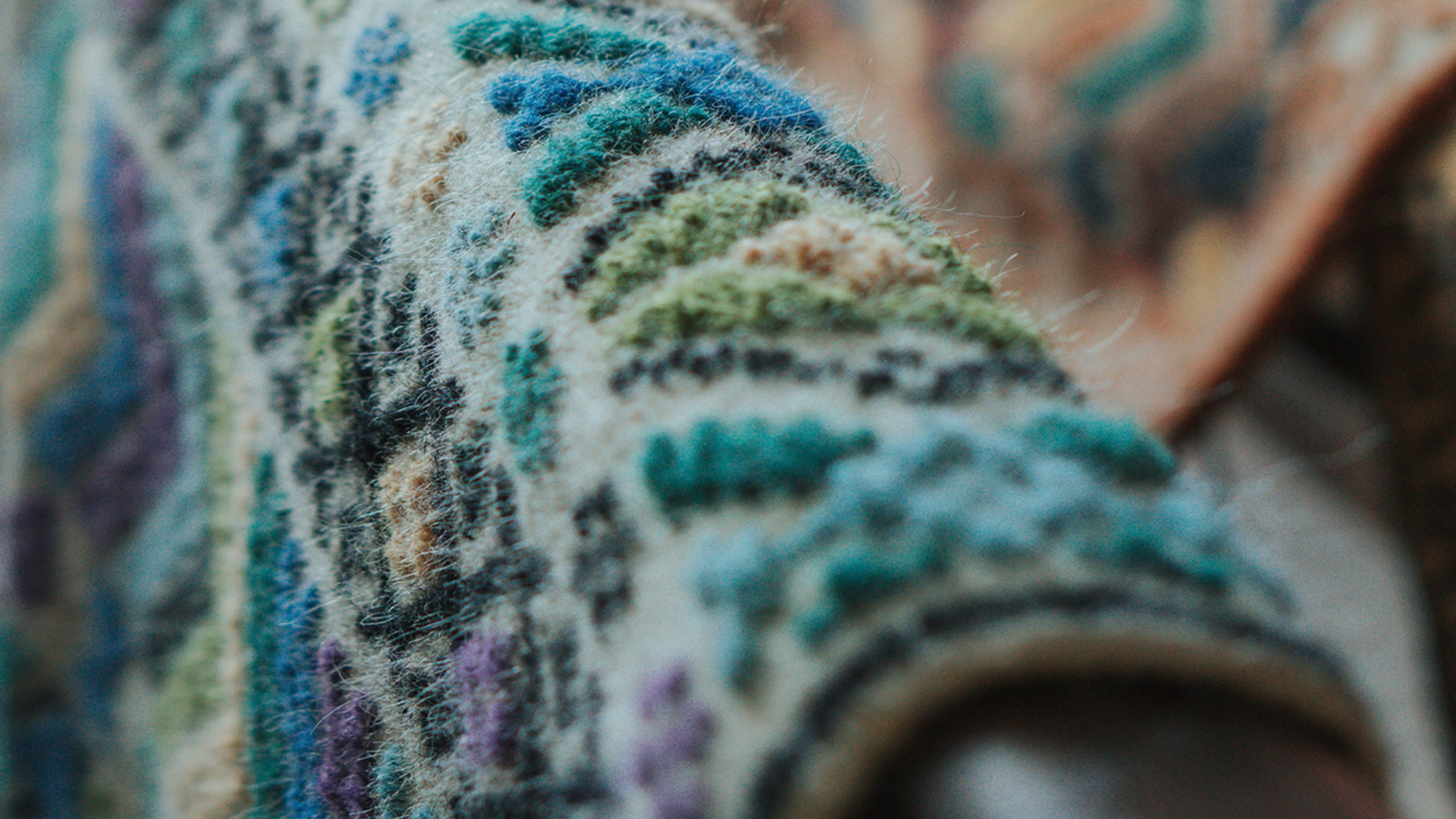
1. Textiles and Weaving
- Key Products: Sardinia is famous for its woven textiles, including tapestries, carpets (known as a pibiones), and traditional garments. The a pibiones technique is named after the grape-shaped loops that form the fabric’s surface.
- Materials: These textiles are typically made from wool, cotton, or linen, often dyed with natural colours derived from local plants.
- Costs: Prices vary depending on the size and complexity of the work. Smaller items like cushion covers might start at €50, while large carpets can range from €300 to over €1,000.
- Artisans: The town of Aggius, known as a centre for weaving, is home to several skilled artisans like the cooperative Aggius Tessitura, which keeps traditional methods alive. In the village of Nule, traditional rugs are also produced, known for their vibrant colours and geometric patterns.
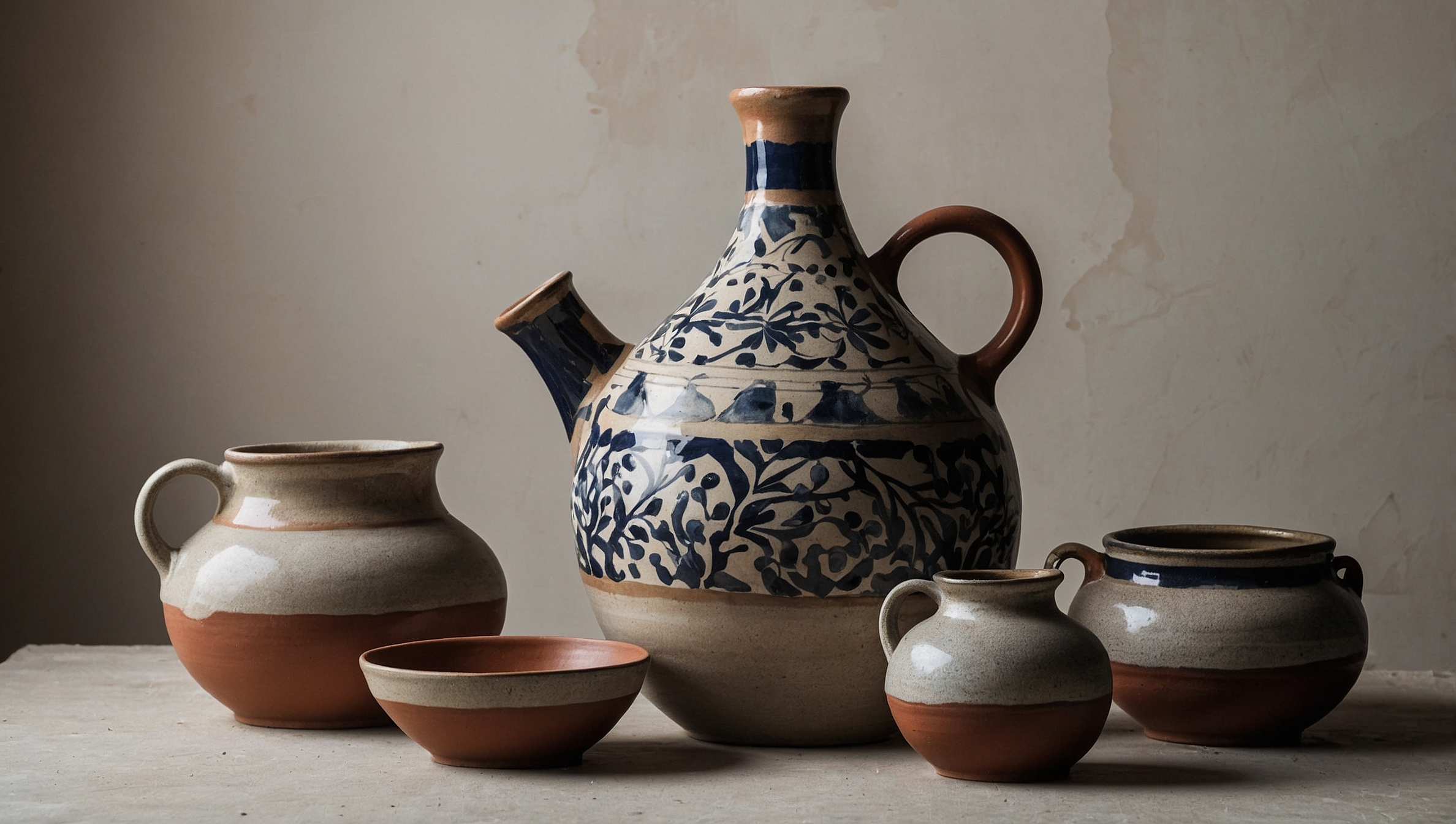
2. Ceramics
- Key Products: Ceramics from Sardinia are distinguished by their intricate designs and vivid colours, often reflecting the island’s flora and fauna. Common items include plates, bowls, vases, and tiles.
- Materials: Local clay is the primary material, which is shaped and then hand-painted before being glazed and fired.
- Costs: Prices for ceramic items can range from €20 for smaller pieces to €300 or more for large, intricate works.
- Artisans: In Alghero, the ceramic studio Ceramiche Pes is well-known for its traditional designs, often featuring motifs like the Sardinian knot or local wildlife. The coastal town of Castelsardo is also famous for its pottery, with several shops offering both traditional and contemporary designs.
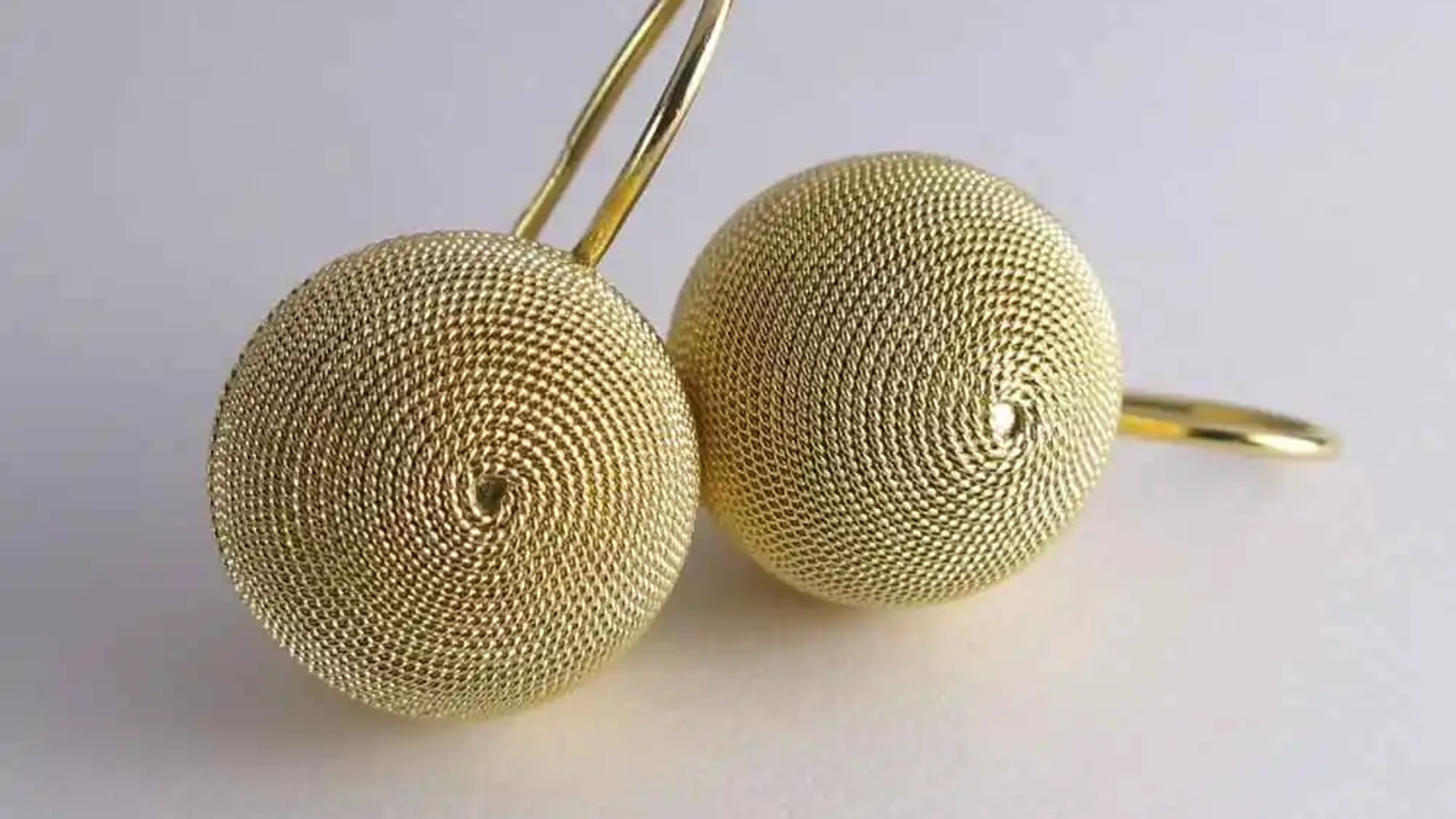
3. Jewellery
- Key Products: Sardinian jewellery is noted for its use of filigree, an ancient technique involving intricate designs made from fine silver or gold threads. Traditional pieces include the fede sarda (Sardinian wedding ring) and launeddas pendants.
- Materials: Gold, silver, and coral are the primary materials used in Sardinian jewellery. The island’s red coral, particularly from Alghero, is especially prized.
- Costs: Prices vary widely. Simple silver rings may cost around €50, while elaborate gold pieces with coral can exceed €1,000.
- Artisans: Alghero is known as the “Coral Riviera,” with numerous jewellers like Corallium Rubrum and Linea Smeralda specialising in coral pieces. Filigree work is a speciality of goldsmiths in towns like Tempio Pausania and Sassari.
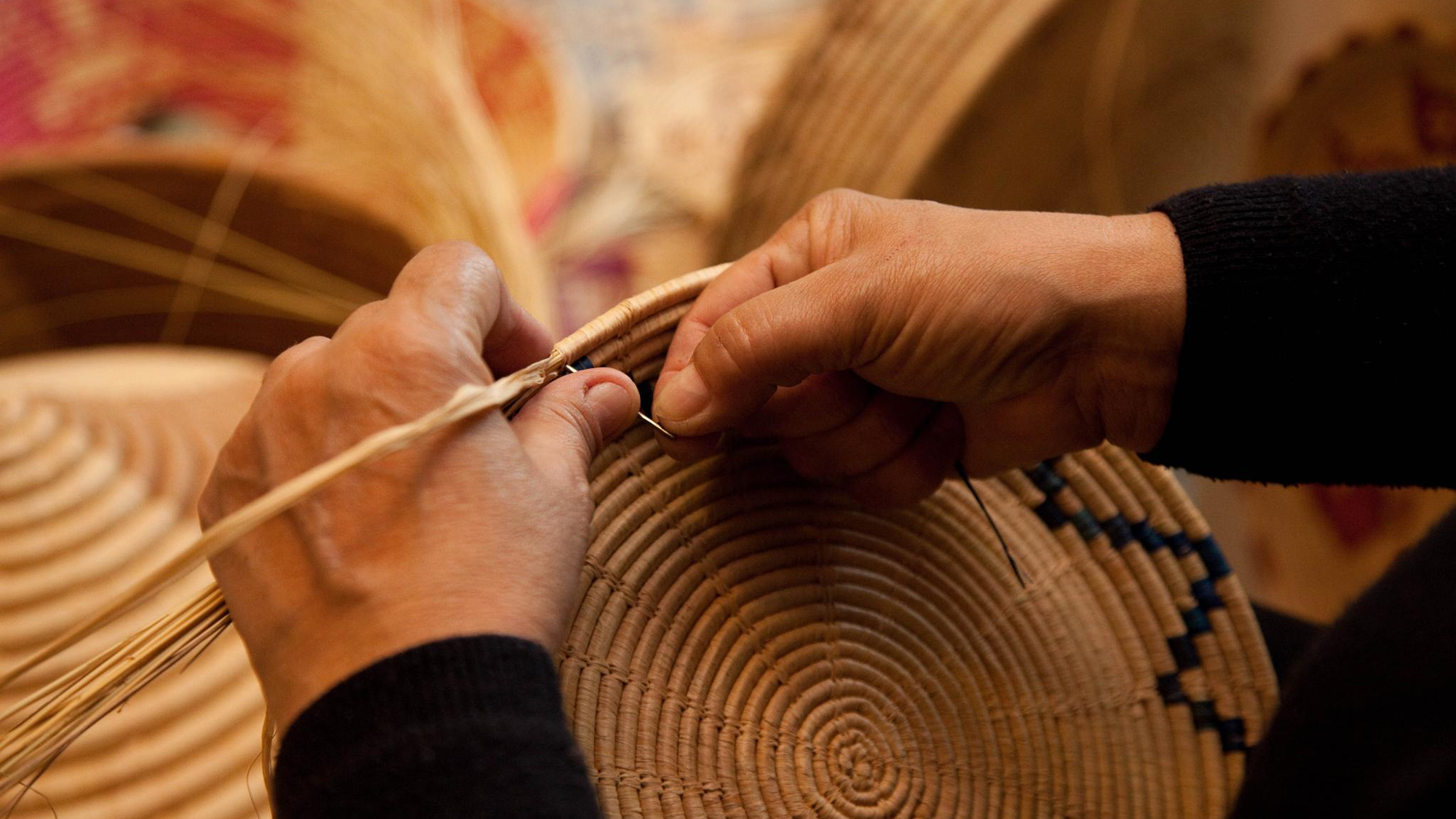
4. Basket Weaving
- Key Products: Basket weaving is a traditional craft in Sardinia, with baskets often used for both functional and decorative purposes. Castelsardo is particularly famous for its finely woven baskets made from Mediterranean palms.
- Materials: Local plant fibres such as reeds, willow, and palm leaves are commonly used.
- Costs: Small decorative baskets might start at around €20, with larger, more complex designs costing up to €200.
- Artisans: In Castelsardo, the Museo dell’Intreccio Mediterraneo (Museum of Mediterranean Weaving) showcases this craft, and several local artisans offer handmade baskets.
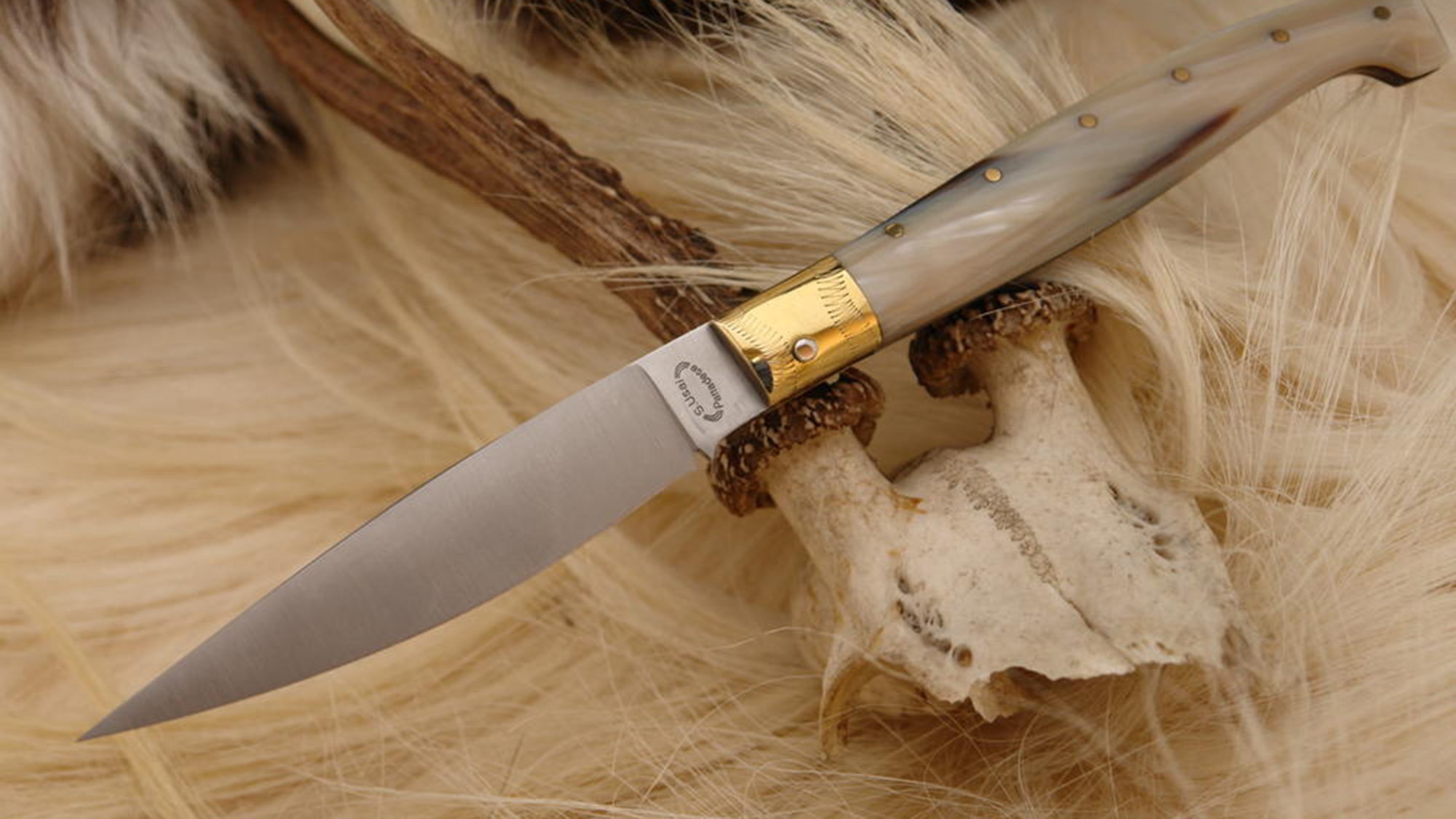
5. Woodwork and Knife Making
- Key Products: Sardinian woodwork includes finely carved furniture, kitchen utensils, and the famous Pattada knives. The knives, also known as resolza, are folding knives with a curved blade, often featuring handles made from ram’s horn or olive wood.
- Materials: Local woods like olive, chestnut, and juniper are commonly used, along with metals for knives.
- Costs: A handcrafted Pattada knife can range from €50 to €300, depending on the materials and craftsmanship.
- Artisans: The town of Pattada is the heart of Sardinian knife making, with artisans like Fratelli Fogarizzu renowned for their high-quality, handcrafted knives. In Orgosolo and Mamoiada, woodworkers produce traditional furniture and carved items that reflect Sardinia’s pastoral heritage.
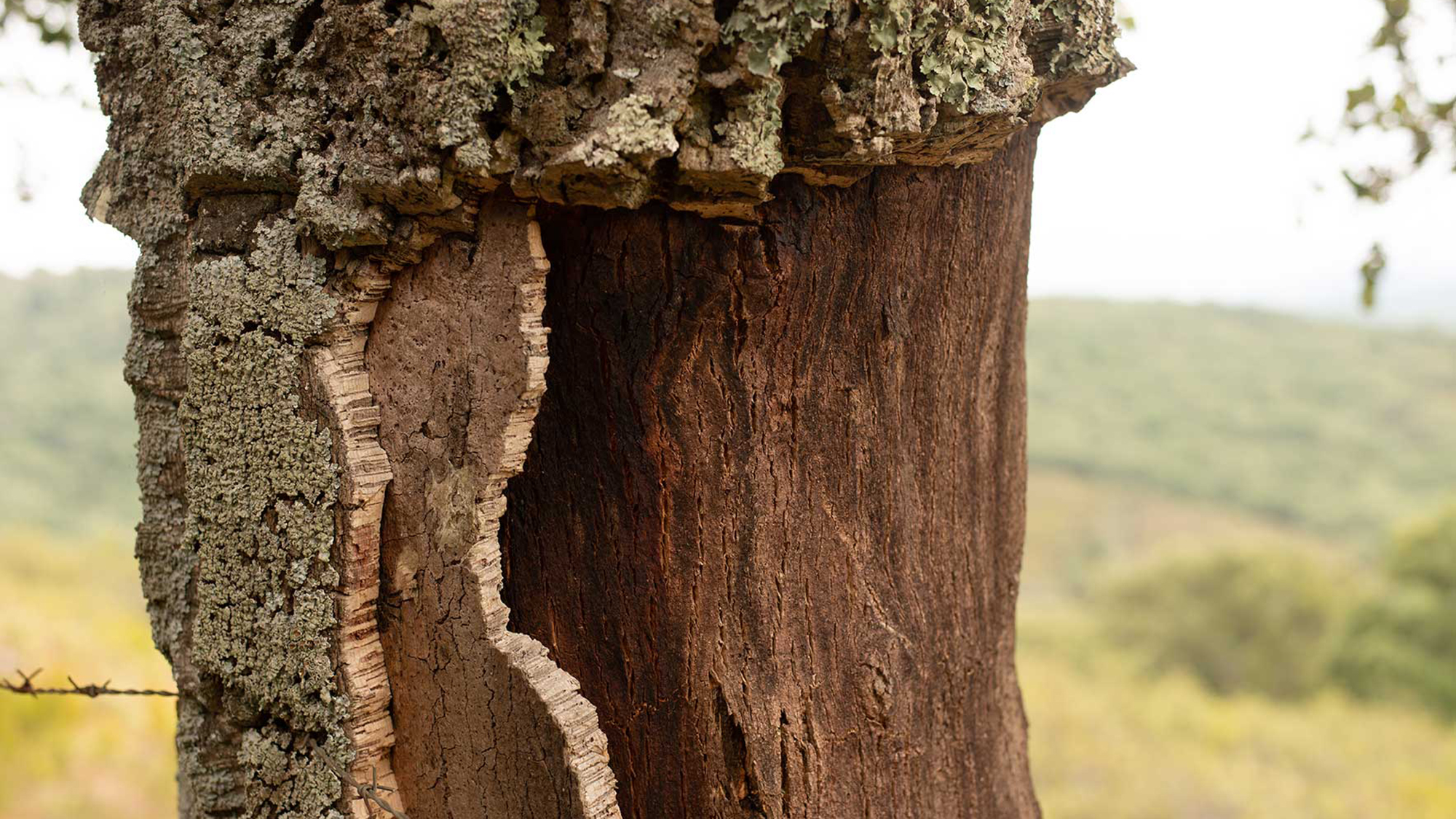
6. Cork Craftsmanship
- Key Products: Sardinia, particularly the Gallura region, is known for its cork products, ranging from simple coasters to more elaborate items like bags, hats, and even furniture.
- Materials: Cork is harvested from the bark of cork oak trees, which are abundant in Northern Sardinia.
- Costs: Prices vary, with small items like coasters available for around €10, and larger items like bags or furniture costing upwards of €100.
- Artisans: In Calangianus, often referred to as the “capital of cork,” there are numerous artisans and shops specializing in cork products, like La Sorgente del Sughero.
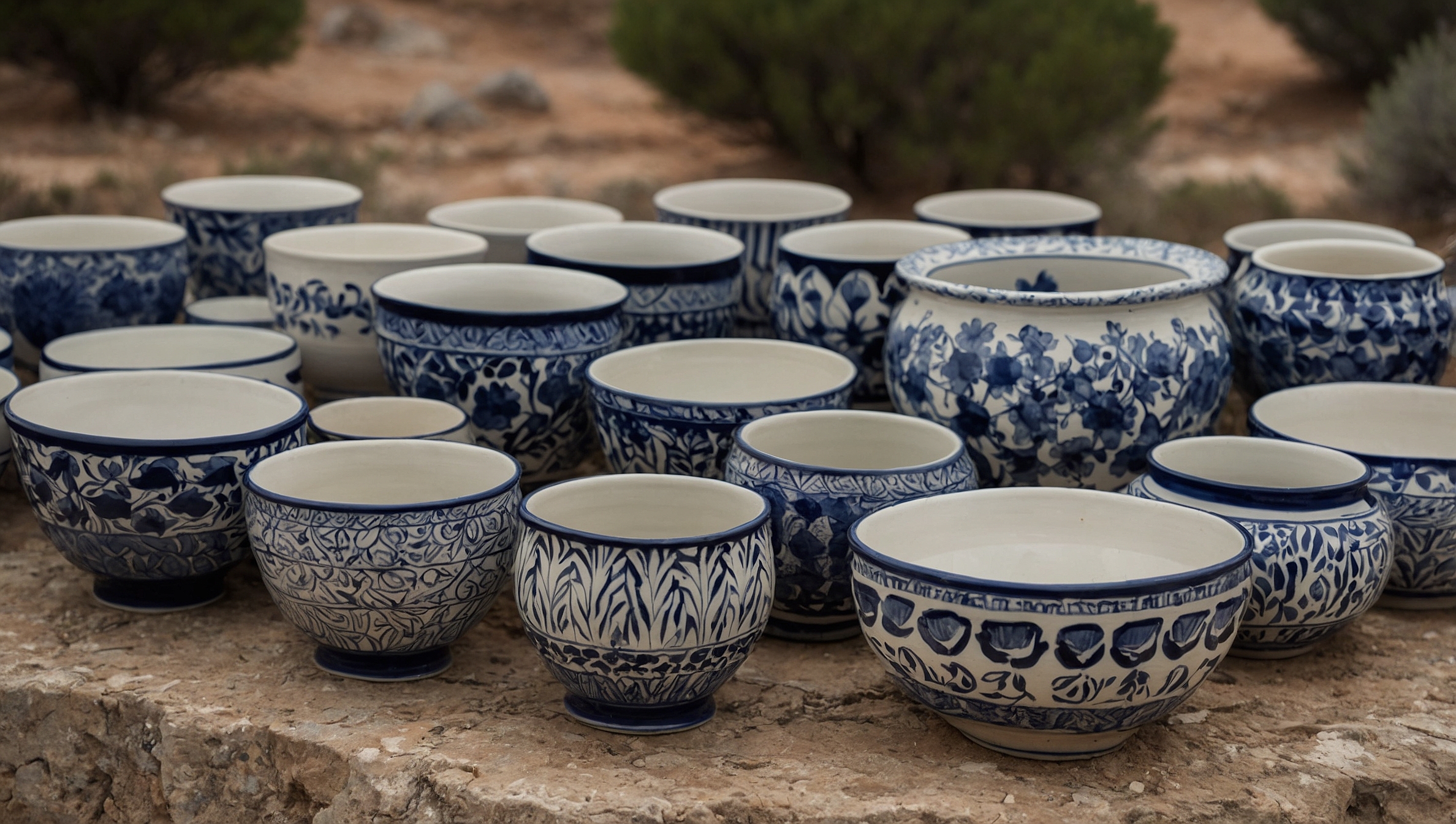
Niche Artisans and Unique Crafts
Northern Sardinia also hosts niche artisans who produce unique items that blend tradition with innovation. For instance, some craftsmen are reviving ancient techniques like leatherwork or creating modern art inspired by Sardinian mythology and history

Visiting and Purchasing
Artisanal shops are scattered throughout Northern Sardinia, particularly in tourist towns like Alghero, Castelsardo, and Olbia. Prices reflect the craftsmanship and materials involved, with authentic, handmade items generally commanding higher prices. Visiting these artisans directly in their workshops, which are often family-run, offers not only the chance to purchase unique items but also to learn about the rich cultural heritage of Sardinian craftsmanship.
Overall, Northern Sardinia’s artisanal products are a testament to the island’s rich cultural heritage and the skilled craftsmanship that has been passed down through generations. Whether you’re looking for a unique piece of jewellery, a finely woven tapestry, or a beautifully crafted knife, there’s something to suit every taste and budget.

